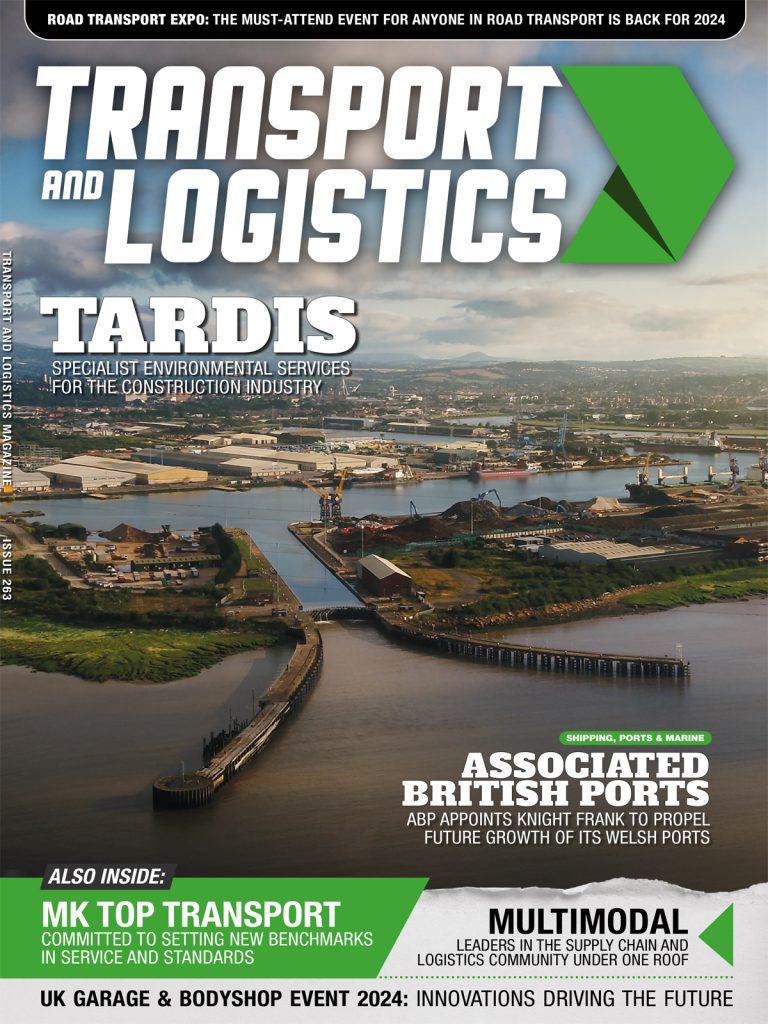One In Six Women Drivers Admits To Drink Driving
~ 17 per cent of female motorists think they have driven whilst over the limit in the past year
~ Percentage of those convicted of drink driving who are a woman nearly doubles since 1998
~ Taking account of mileage driven, women are proportionately more likely to be over the legal limit as drivers than men from the age of 30
New research from Direct Line Car Insurance1 and Rees Jeffreys Road Fundreveals a worrying new normal as millions of women across the UK regularly consume alcohol and take to the roads.
The results of the in-depth study found that one in six (17 per cent) of female motorists thought they might have driven whilst over the legal limit in the past year. The report also highlights the growing proportion of all drink driving convictions received by women, which has increased from nine per cent in 1998 to 17 per cent in 2012.
The study reveals a concerning lack of awareness amongst women drivers about the amount of alcohol that can legally be consumed before taking to the road.
Overall, more than half (55 per cent) said they did not know the legal limit and apart from those who did not drink and drive, other respondents felt that they were personally able to drink more alcohol than the ‘average woman’ could before they themselves were over the legal limit. For example, it was felt that four per cent of ‘average women’ could drink two glasses of wine and be fine to drive but 12 per cent thought they themselves would be OK.
Amongst the women who admitted to drink driving, the most common reason for doing so was because they felt physically ‘OK’ to drive, as cited by 59 per cent. Almost a third (31 per cent) thought it would be OK if they just drove carefully. 17 per cent felt they had no alternative other than to drink and drive, often due to ‘family emergencies’ which demonstrates women who drink and drive can be more likely to drink and drive because of their roles as mothers or wives compared to men. A further 14 per cent say they drove whilst over the limit because they thought there was little risk of being caught.
Recommendations stemming from the research are:
– Lower the breathalyser limit to (which may reflect the average male body weight and metabolism) 50 mg of alcohol per 100 ml of blood
– Give greater clarity about wine measures in terms of units or alcohol content
– Provide more analysis of drink drive statistics by gender
– Emphasise that drink driving is not just a male problem in road safety messages
Steve Maddock, managing director of claims at Direct Line Group said: “The issue of women and drink driving is rarely addressed, but when we look at the figures, we can see that this is a real issue. Part of the problem is a lack of awareness and confusion as to what constitutes drink driving and also the misguided belief that in some circumstances, driving whilst over the limit can be justified. Whilst we’d encourage all drivers who drink alcohol to ensure they know and understand the legal limits, we’d urge them to avoid drinking alcohol altogether if they intend to get behind the wheel.”
Road safety minister Robert Goodwill added: “Drink driving wrecks lives, and the personal consequences of a drink drive conviction can be devastating. In 2013 803 women failed a breathalyser test after an accident and that is 803 too many. That is why we are cracking down on the minority who drink and drive by introducing a new offence of causing serious injury by dangerous driving and closing loopholes in the law to make it easier for police to prosecute drink-drivers, as well as tackling the menace of those who drive under the influence of illegal drugs. Later this year we will launch the next phase of the THINK! campaign on drink driving. So our advice is simple; if you are driving have none for the road, as one drink can put you over the limit.”














